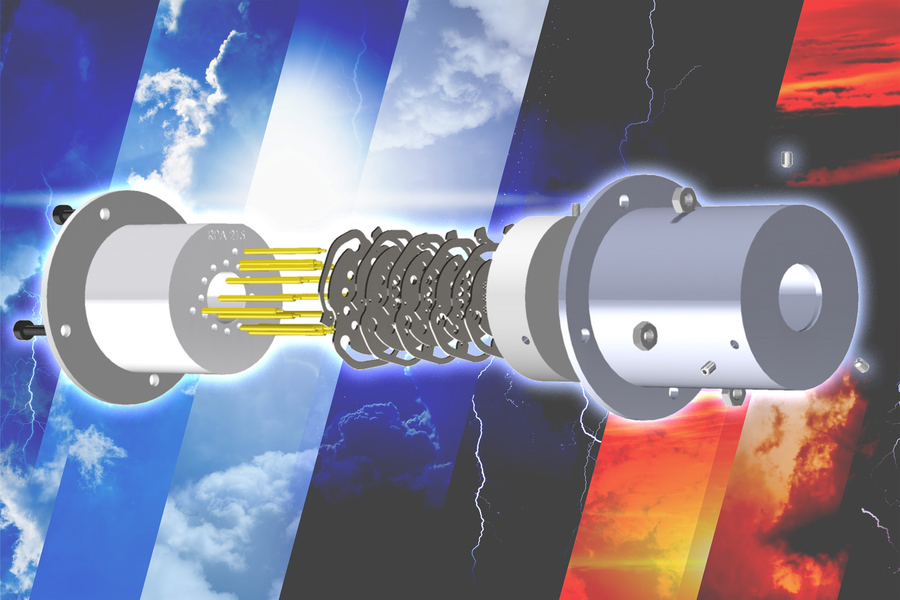Satellites will be equipped with low-cost 3D-printed sensors

Costly activities in space are numerous, but a team of MIT researchers has discovered a method to cut costs and perhaps help advance climate change research. MIT says the sensors are the first 3D-printed plasma detectors for use in satellites. The chemical composition and distribution of ion energy in the upper atmosphere can be detected by the sensors.
The sensors, also known as retarding potential analyzers (RPAs), were made of a printable glass-ceramic material called Vitrolite. It is said to be more durable than other sensor materials such as thin-film coatings and silicon, according to MIT. The team developed sensors with intricate forms that can "withstand the wide temperature swings a spacecraft would face in lower Earth orbit," according on MIT. Vitrolite retains its structural integrity at temperatures of up to 800 degrees Celsius and polymers utilized in other RPA start to degrade at 400 degrees Celsius.
This means the devices may be ideal for low-cost cubesats. Chemical analysis and monitoring energy are among the tasks that RPAs can perform when they're mounted on geostationary satellites, which might assist with weather forecasts and climate change monitoring.
The scientists say that the sensors are as good as those made with semiconductors and are produced in a clean room. The process of creating RPAs in a clean room is costly and can take several weeks to complete. Making them using 3D printers and laser cutting takes just days, and the cost is "in the hundreds," according on researchers.
Luis Fernando Velasquez-García, a lead researcher in MIT's Microsystems Technology Laboratories and one of the paper's authors, thinks there is still room for improvement. He'd want to decrease the thickness of the layers or pixel size of the glass-ceramic vat polymerization in order to make more sophisticated and accurate devices. There's also the notion that "fully additively manufacturing the sensors would make them compatible with in-space manufacturing." NASA has been developing 3D printing technology in space for a long time. On the International Space Station, it has produced wrenches.NASA intends to launch a demonstration spacecraft in 2024 that can fabricate, assemble, and deploy a proxy solar array to see how the method may be used on Artemis.
Source: www.engadget.com